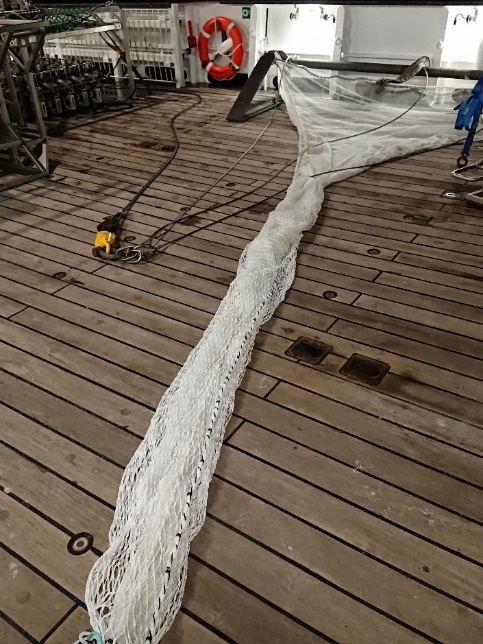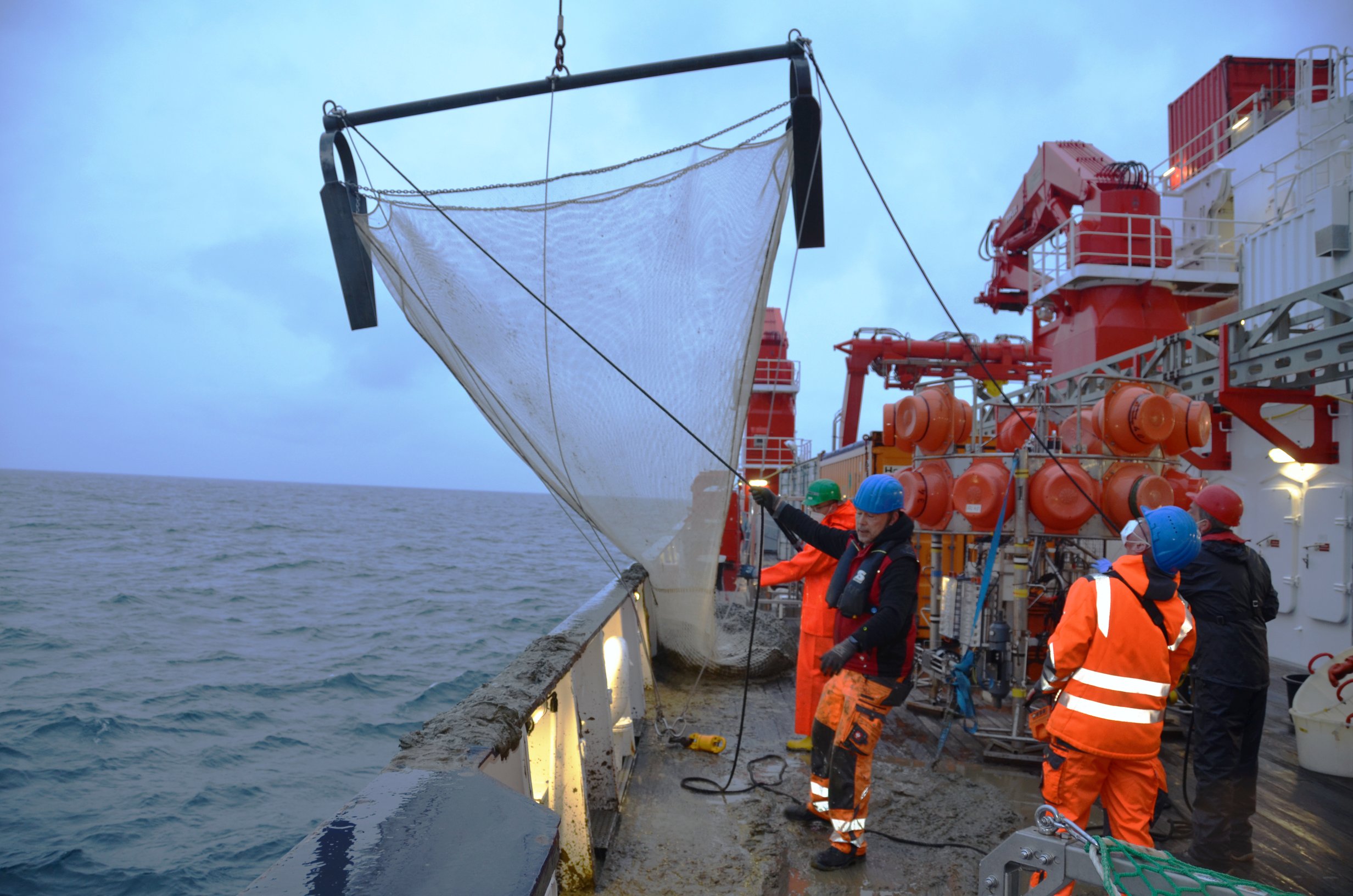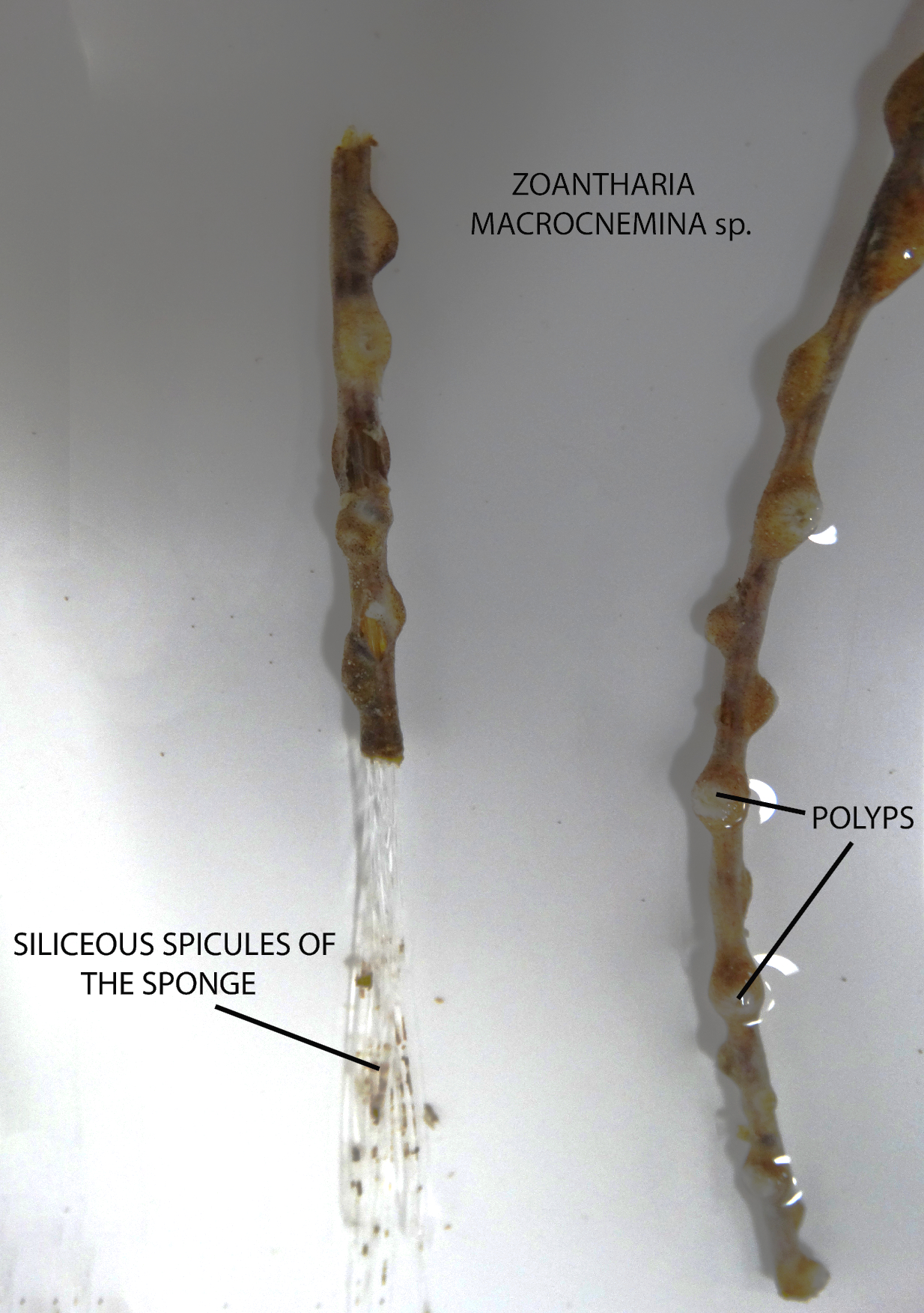“Deep-sea science in the Bering Sea”
My name is Angelo, I am an Italian researcher working at the “Molecular Invertebrate Systematics and Ecology” lab at the University of the Ryukyus in Okinawa (Japan). My general research interest includes marine diversity, molecular systematics, and evolution. Over my career I have focused on the diversity and evolution of marine benthos, specifically Anthozoa. My studies include documenting black coral assemblages in marine protected areas in South America and investigating the genetic diversity of sea fans in the Mediterranean Sea and Central Indo-Pacific.
During the AleutBio expedition I will look for benthic cnidarians (e.g. soft corals, sea fans and zoantharians), for taxonomic and evolutionary investigations. Onboard I am part of the Agassiz Trawl team (AGT gear) and of course our greatest wish is to collect as many macro-benthic organisms as possible. Operations at stations #1 and #2 in the Bering Sea went pretty well, as we have collected many interesting specimens from different taxonomic groups. From my side, I was so happy while finding different zoantharians associated with glass-sponges as they might be undescribed species.
If you are wondering, zoantharians are benthic colonial anemones with a broad geographic and bathymetric distribution. They are mostly distributed in tropical shallow waters, but recent surveys showed that their distribution in the deep-sea waters is actually higher than previously thought. According to their morphological features, zoantharians can be divided into two main groups, Macrocnemina and Brachycnemina. Members of Macrocnemina are known to associate with different benthic animals, which act as substrata. In the deep-sea benthic ecosystems like in the Bering Sea glass-sponges, are quite abundant and provide substrata for many filter-feeding invertebrates including zoantharians. This was the case, for example, with one of the specimens collected from station #1, in which can be spotted the silicious spicules of the sponge and the body of the zoantharian with the polyps.
For sure, this scientific cruise represents a unique opportunity to investigate the diversity of deep-sea zoantharian species that are otherwise difficult to study. Our findings will advance our understanding on different fields including, taxonomy, diversity and evolution of these organisms.
The expedition has just started, but I already hve the feeling that it is going to be very promising!!!



